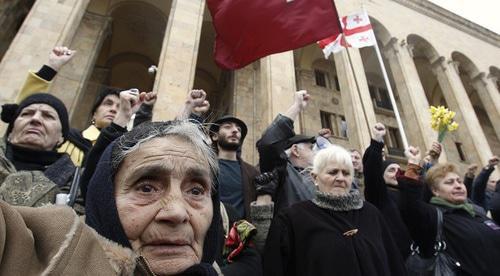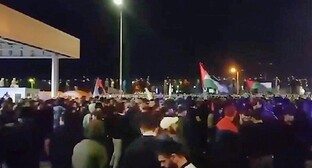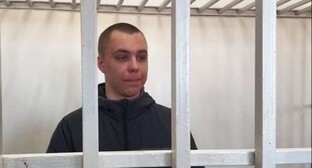
10 April 2019, 08:30
Dispersal of anti-Soviet rally in Tbilisi accelerated collapse of USSR
On the 30th anniversary of the dispersal of demonstrators in Tbilisi by Soviet troops, six streets of the Georgian capital were named after the casualties. The crackdown of protesters on April 9, 1989, was the starting point for the restoration of Georgia's independence, Bondo Kupatadze, Doctor of History, has noted.
On April 9, 1989, a peaceful oppositional rally at the Government House of the Georgian SSR (Soviet Socialist Republic) in Tbilisi was severely dispersed by Internal Troops and Soviet Army servicemen. In the course of the operation and a resulting crush, 19 persons perished and several hundred were injured. The tragic events of April 9, 1989, became known as the "Bloody Sunday" and "Night of Sapper Spades".
On April 9, the sitting of the Tbilisi City Council (Sakrebulo) decided to name six city streets after the women who perished in the central Rustaveli Avenue during the April 1989 dispersal.
The events of April 9, 1989 are of "tremendous importance" for the modern history of Georgia, since the dispersal of peaceful demonstrators had drastically changed the attitude of Georgian people to Soviet power, Bondo Kupatadze, Professor with the Ivane Djavakhishvili Tbilisi State University, has stated.
"Until April 9 (1989), the 'Georgian National Movement' (GNM) and its supporters mainly included young people, while the society was mostly tolerant of the USSR. However, after April 9, people of other generations stated that the USSR was not a union of free republics, but an empire that needs to be demolished. The USSR was an empire, in its time built on bloodshed," Mr Kupatadze told the "Caucasian Knot" correspondent.
This article was originally published on the Russian page of 24/7 Internet agency ‘Caucasian Knot’ on April 9, 2019 at 10:15 pm MSK. To access the full text of the article, click here.
Author: Inna Kukudzhanova, Oleg Krasnov Source: CK correspondents




